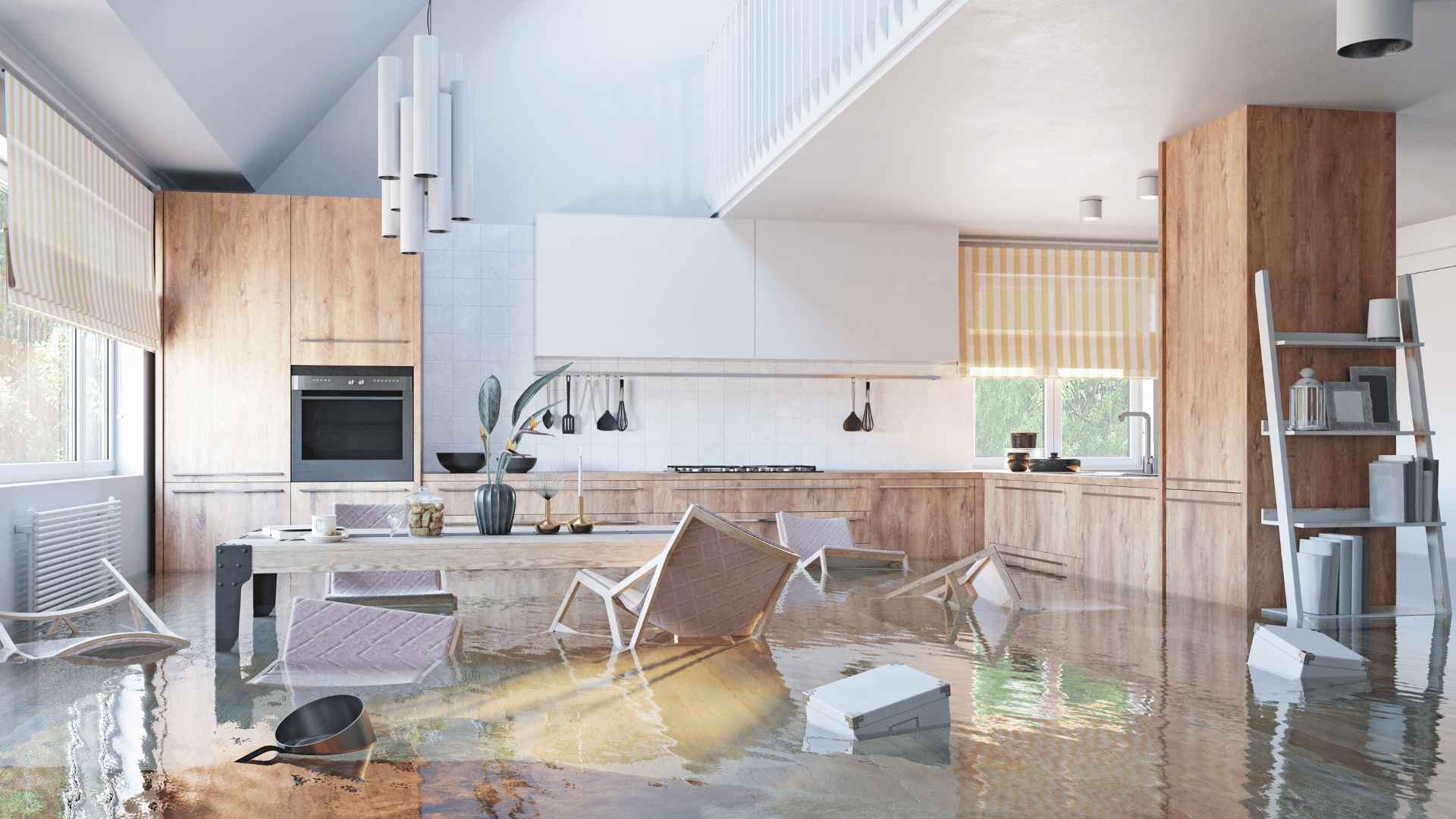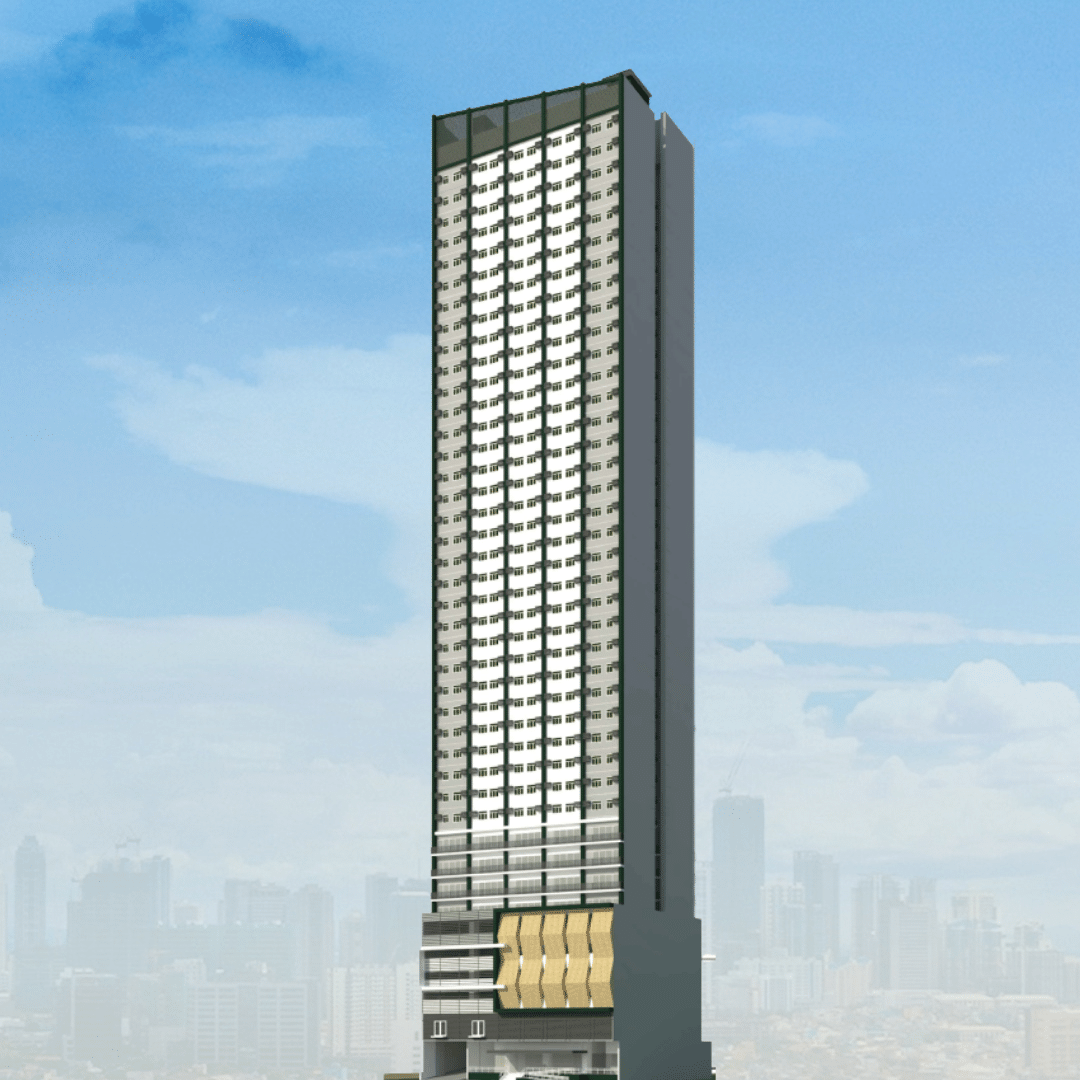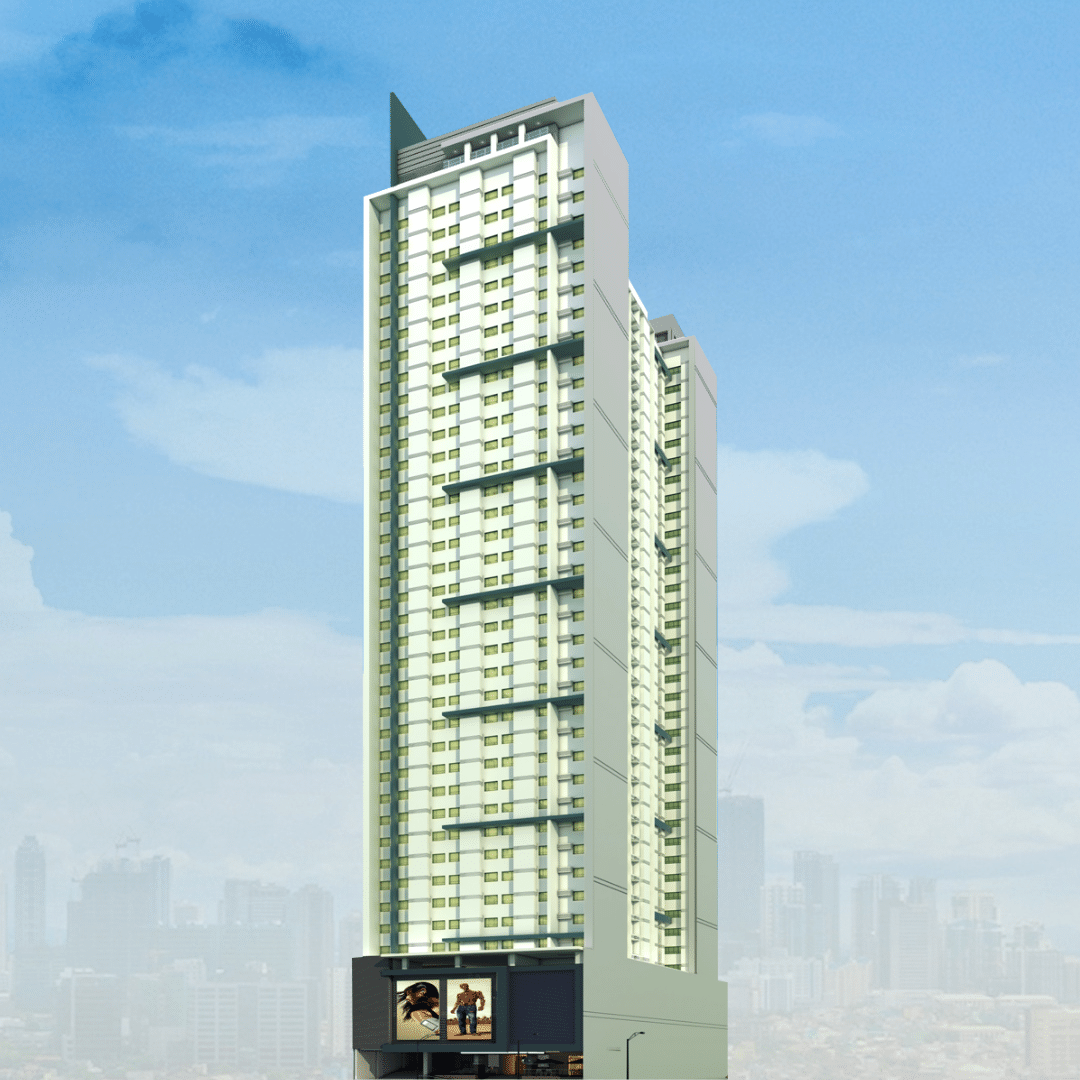As urban centers expand and desirable living spaces become scarce, condominiums have emerged as a popular housing choice for many city dwellers. However, their appeal extends beyond just convenience and modernity. Surprisingly, a growing number of people are willingly choosing to accept the ups and downs of living in flood-prone areas, drawn in by the distinctive benefits that condominiums provide in these areas. In this article, we delve into the perks of residing in condos within flood-risk regions, uncovering the transformative design elements, safety measures, and lifestyle benefits that have captivated a new generation of adventurous homeowners. From panoramic views to unparalleled amenities, join us as we explore how these dwellings defy convention and create an enchanting urban lifestyle amidst the ever-changing tides of nature.
Elevated Safety
Most condos in flood-prone regions are built on elevated platforms or higher floors, reducing the risk of floodwater entering the living spaces during inundation. The elevated construction serves as a protective barrier against rising water levels, helping to keep residents and their belongings safe from potential water damage. Even during severe floods, the living areas in condos are less likely to be directly affected compared to houses situated at ground level. The raised positioning enhances access to emergency services during floods and ensures the building's resilience. With materials designed to withstand water exposure, residents enjoy peace of mind and minimal worry about flooding risks.
Access to Urban Amenities
Flood-prone areas are frequently situated close to urban centers, granting easy access to diverse amenities such as medical facilities, restaurants, grocery and department stores, and other business districts. Proximity to medical facilities and public transportation enhances residents' well-being and reduces commute times amidst extreme weather conditions. Green spaces and recreational areas promote outdoor activities and relaxation within the vicinity.
Insurance Benefits
In some cases, condo associations may include flood insurance as part of the maintenance fees, alleviating the burden of individual policy costs for residents. This collective policy typically includes flood insurance coverage for the entire complex, easing financial burdens for individual condo owners. With flood insurance part of the master policy, residents are spared the need to purchase individual and potentially expensive policies. While personal property and liability protection may require additional coverage, having flood insurance through the master policy offers crucial financial protection and peace of mind, making condo living in flood-prone regions a secure and practical choice.
Resilient Architecture
Many condos are designed to withstand adverse weather conditions, making them more durable and damage-resistant during floods compared to traditional housing. Condos in flood-prone areas use proper drainage systems, reinforced walls, and flood-resistant finishes, safeguarding against water damage. Some designs incorporate flood vents to alleviate pressure during inundation. Emergency power and backup systems offer continued access to essential services during floods or power outages. Resilient features prioritize structural integrity and resident well-being, enhancing condo dwellers' confidence in their homes' ability to withstand floods.
Ample Indoor Facilities
Condos frequently offer indoor amenities like fitness centers, lounges, and entertainment spaces, ensuring residents have enjoyable activities during the rainy season and times of extreme weather. These amenities are readily available within the condo complex, ensuring residents can enjoy various activities regardless of heavy rains, flash floods, coastal flooding, and other bad weather conditions. These indoor facilities are especially valuable during flood events, allowing residents to maintain their daily routines and leisure activities without leaving the premises.
Cover Flood Damage And Repairs
Condo associations typically handle common area repairs and maintenance, streamlining the process of post-flood restoration and reducing individual responsibilities. Maintenance fees cover repair costs, reducing the burden on both property developers and individual condo owners. The association's expertise and experience guarantee high-quality repairs, preserving property value. With a streamlined process, repairs are promptly managed, ensuring safety and compliance with regulations. This perk contributes to a secure and hassle-free living experience, emphasizing the condo community's collective responsibility for maintaining the complex amidst potential flood-related challenges.
Flood-Free Areas in Metro Manila
Makati City
Makati, the Philippines' paramount financial and business hub, orchestrates a flood-free haven amid rain-laden skies. As a major financial district, Makati has invested in flood control infrastructure and drainage systems to mitigate flooding risks. The property's elevation, scrutinized through a comprehensive flood cycle study, forms the crux of a well-crafted strategy. This milieu beckons real estate investment, enticing both entrepreneurs and homeowners with its foresight.
Mandaluyong City
Nestled amidst the convergence of three water bodies, Mandaluyong maintains an unexpected resilience to floods, thanks to its natural peaks and hills. Echoing Makati's geography, Mandaluyong grapples with waterways, the San Juan River joining the ensemble. While southern stretches face occasional flash flood risks, the city's undulating terrain offers a distinctive character. Urban development favors elevated zones, and Ortigas Center, crowned as the second vital business district, stands resilient during inclement weather.
Muntinlupa City
Muntinlupa defies flood odds despite its proximity to Laguna de Bay, notably absent from the Metropolitan Manila Development Authority's (MMDA) flood-prone list of cities. Admired for its pristine landscapes, the city spearheads eco-consciousness by pioneering bans on plastic and Styrofoam products, a proactive measure to curb blocked drains and uphold its pristine environment.
Taguig City
Taguig, a remarkably flood-free locale despite being nestled near Laguna de Bay, has fortified its defenses with an array of pumping stations and floodgates in recent years, meticulously curbing flood risks. Their foresight extends to comprehensive contingency strategies, a safeguard against typhoon impact. The city's concerted efforts, including disaster readiness initiatives lauded by authorities, stand testament to its commitment. Notably, the soaring Bonifacio Global City, known for its modern infrastructure and well-planned urban development, is one of the areas less prone to flooding.
Quezon City
While some parts of Quezon City may be flood-prone, certain areas like Diliman, Loyola Heights, and Santa Mesa Heights have implemented flood control measures. The Metropolitan Manila Development Authority's counsel to steer clear of Quezon Avenue, North Avenue, and Tandang Sora in heavy rains highlights preparedness. Yet these urban sanctuaries remain untouched by floods. Blocked drainage was identified as the flash flood's chief instigator, prompting post-Typhoon Ondoy efforts to intensify waterway maintenance.
Please keep in mind that flood situations can change over time due to various factors, including weather patterns, urban development, and infrastructure improvements. It's essential to conduct thorough research and consult with your local government authorities or real estate professionals before making any real estate investment decisions.
Things to Consider When Purchasing Flood-Free Properties
Local Flood History
Investigate the area's flood history and vulnerability. Consult flood maps, historical data, and local authorities to gauge the location's and property's flood risk.
Elevation and Topography
Opt for properties situated on higher ground or elevated terrain. Areas with natural slopes and hills are less prone to flooding.
Drainage Infrastructure
Evaluate the quality of drainage systems in the neighborhood. Well-designed and maintained drainage can significantly reduce flood risks.
Flood Insurance Availability
Check if flood insurance is readily available for the property. Insurance coverage can provide financial protection against the cost of flood-related damages.
Emergency Services Accessibility
Ensure easy access to emergency services, evacuation routes, and shelters in case of flooding.
Inspection and Documentation
Conduct thorough property inspections, focusing on signs of water damage or flooding. Request documentation of any past flood-related incidents.
By diligently considering these tips, you can make an informed decision and invest in a flood-free property that provides security and peace of mind.
For more information on Vista Residences, email [email protected], follow @VistaResidencesOfficial on Facebook, Twitter, Instagram, and YouTube, or call the Marketing Office at 0999 886 4262 / 0917 582 5167.






